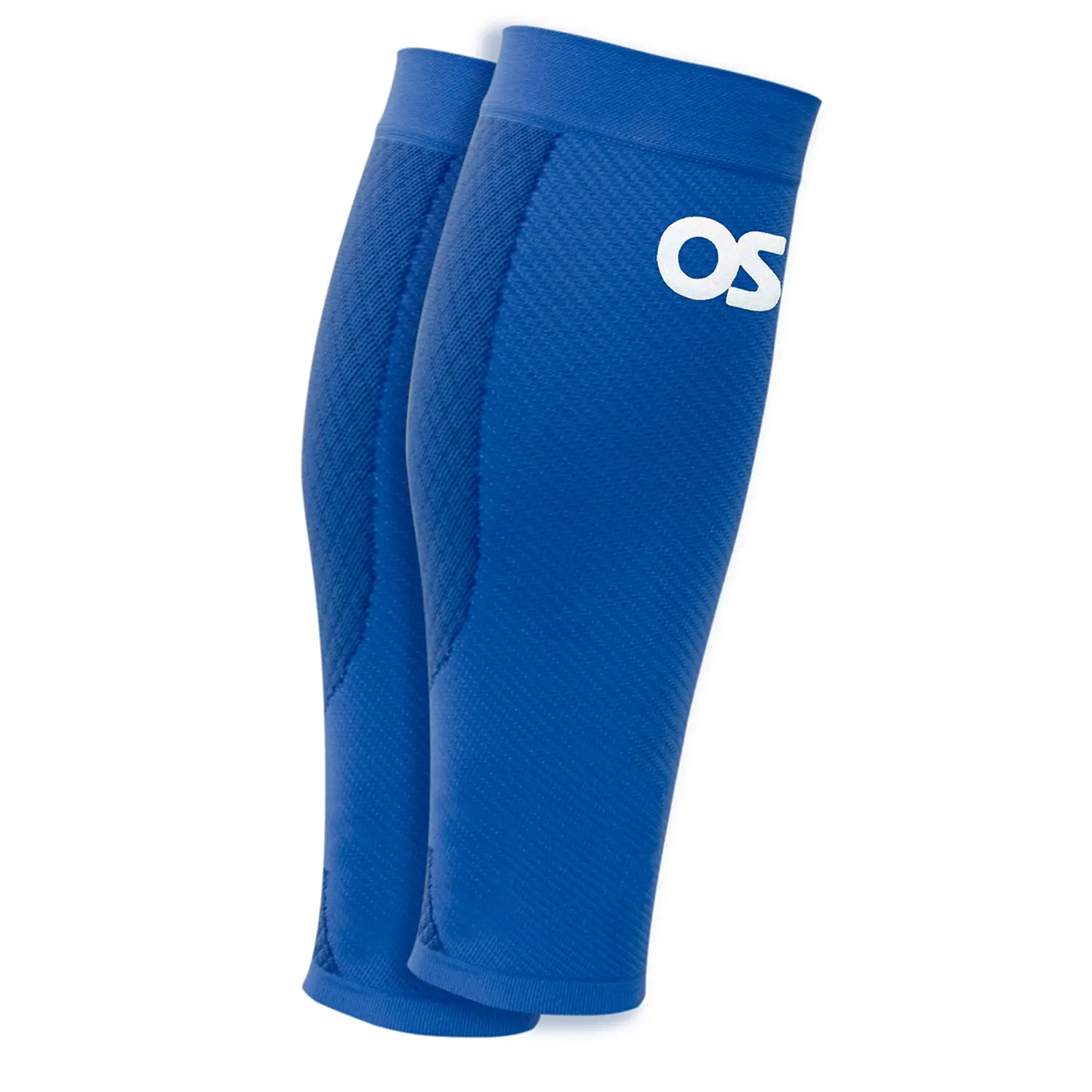Learn more about how compression socks can benefit you

Venous Insufficiency
Learn how venous insufficiency is caused and how to treat chronic venous insufficiency with our range of high-quality compression socks. Venous insufficiency occurs when the venous wall and/or valves in the leg veins are not working.
Learn More
Spider Veins
Spider veins are a cosmetic concern caused by damaged valves in your veins. Learn how to treat Spider Veins in your legs with compression stockings, which improve blood circulation.
Learn More
Varicose Veins
Varicose veins are enlarged, gnarled veins that can cause discomfort in legs. Learn how compression stockings can help improve blood circulation & relieve pain, and shop our selection.
Learn More
Edema
Learn about how to treat Edema in your legs with compression socks. We stock a range of top compression socks & stockings to help control swelling. Get expert advice at The Bracing Experts.
Learn More
.svg)


%402x%20(8).svg)

















.svg)

.avif)



.png)

